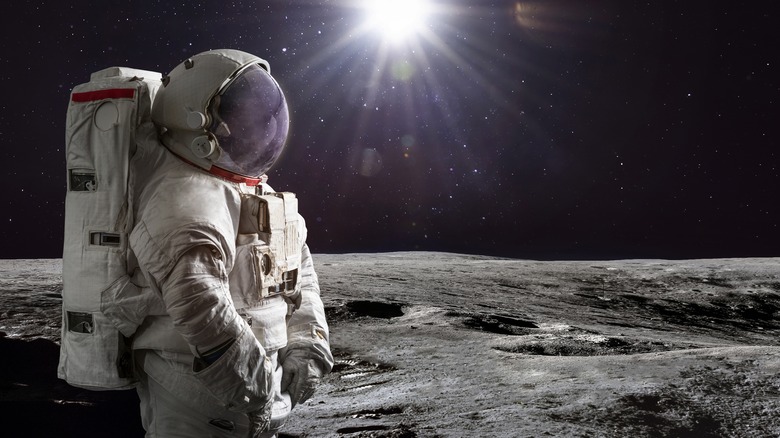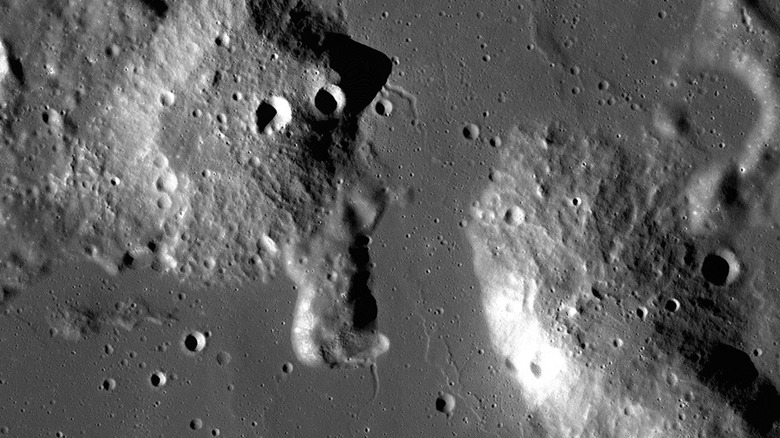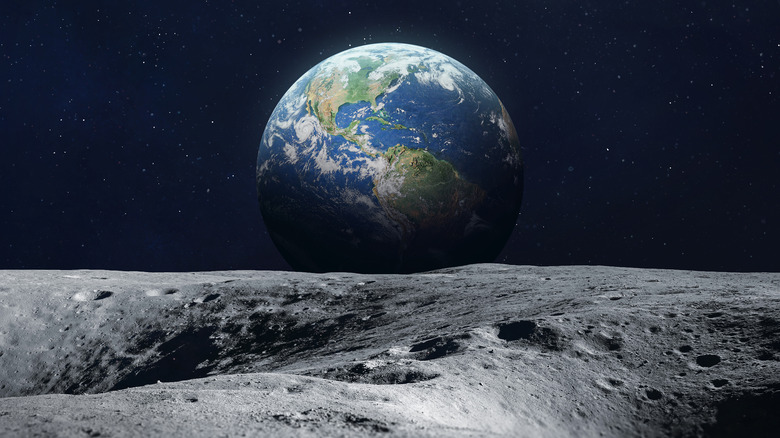NASA Tools Up To Explain This Decades-Old Moon Dome Mystery
In 2017, almost five decades after the last manned mission to the moon as part of Apollo 17, NASA announced the launch of its Artemis program. The goal of this program was multi-pronged. In the short term, it aimed to reinvigorate the U.S. Space program by resuming manned missions to the moon. In the long run, the Artemis program would enable further exploration of the moon for scientific purposes, thereby forming the basis of establishing a long-term sustainable human presence on the lunar surface.
Apart from helping NASA prepare for manned missions to Mars in the distant future, the Artemis program would also involve multiple scientific missions to the moon. The goal of these missions would be to unravel mysteries of the lunar surface that continue to trouble scientists to this day.
One such mysterious aspect of the moon involves the Gruithuisen Domes. Named after Franz von Gruithuisen, a Bavarian (present-day German) scientist from the 1800's who believed that the moon was habitable, the origins of these lunar features have remained a mystery ever since these were first discovered two centuries ago.
The mystery behind the formation of these domes has been so perplexing that NASA just announced that it would send a probe to the moon to study them exclusively. Let's now try to understand why this mission is of such importance, and how NASA intends to use its probe to unravel a long-hidden mystery.
What's so mysterious about the Gruithuisen Domes?
NASA calls the Gruithuisen Domes a "geologic enigma," and for a good reason. Previous studies have shown that the composition of these domes — which are made of silica-rich magma — completely differs from the stuff that makes up the rest of the surrounding terrain, which is based on basaltic magma.
The critical difference between these two types of material is that while silica-based magma is more viscous and does not travel fast, basaltic lava is thin and runny in nature. It is the viscous nature of the silicic lava that prevented the lava from running off and creating these domes on the moon's surface in the first place.
However, what makes the presence of silicic magma on the moon perplexing is the fact that this type of magma typically requires both water and plate tectonics to form. Neither water nor any manner of plate tectonics is known to exist on the moon at this time. So, the big question that has long troubled lunar geologists is the mystery behind the origins of these features on the lunar surface without these essential ingredients.
What is NASA doing to solve this mystery?
The Artemis mission also involves sending unmanned probes and rovers to study and collect samples from the lunar surface. To solve the long-standing mystery surrounding the Gruithuisen Domes, the agency has designed a dedicated probe that will be part of a suite of five instruments. NASA calls this study the Lunar Vulkan Imaging and Spectroscopy Explorer (Lunar-VISE) investigation.
NASA's current plan involves getting these instruments on the lunar surface by 2025. The probes dedicated to studying the Gruithuisen Domes will be mounted aboard a mobile rover that will climb up to the summit of one of the domes and collect samples from there. NASA expects this process to take a total of ten Earth days. After this, the data collected from the samples will be sent back to the Earth for further study.
If all of this goes as per plan, scientists at NASA will be able to conduct the most comprehensive study on the Gruithuisen Domes since they were first discovered nearly two centuries ago, and humanity will be one step closer to unraveling the mysteries within.


